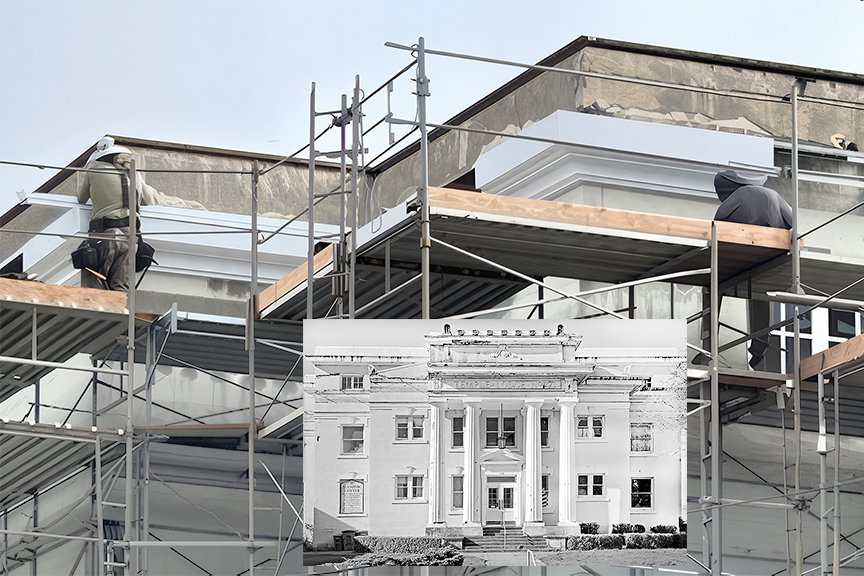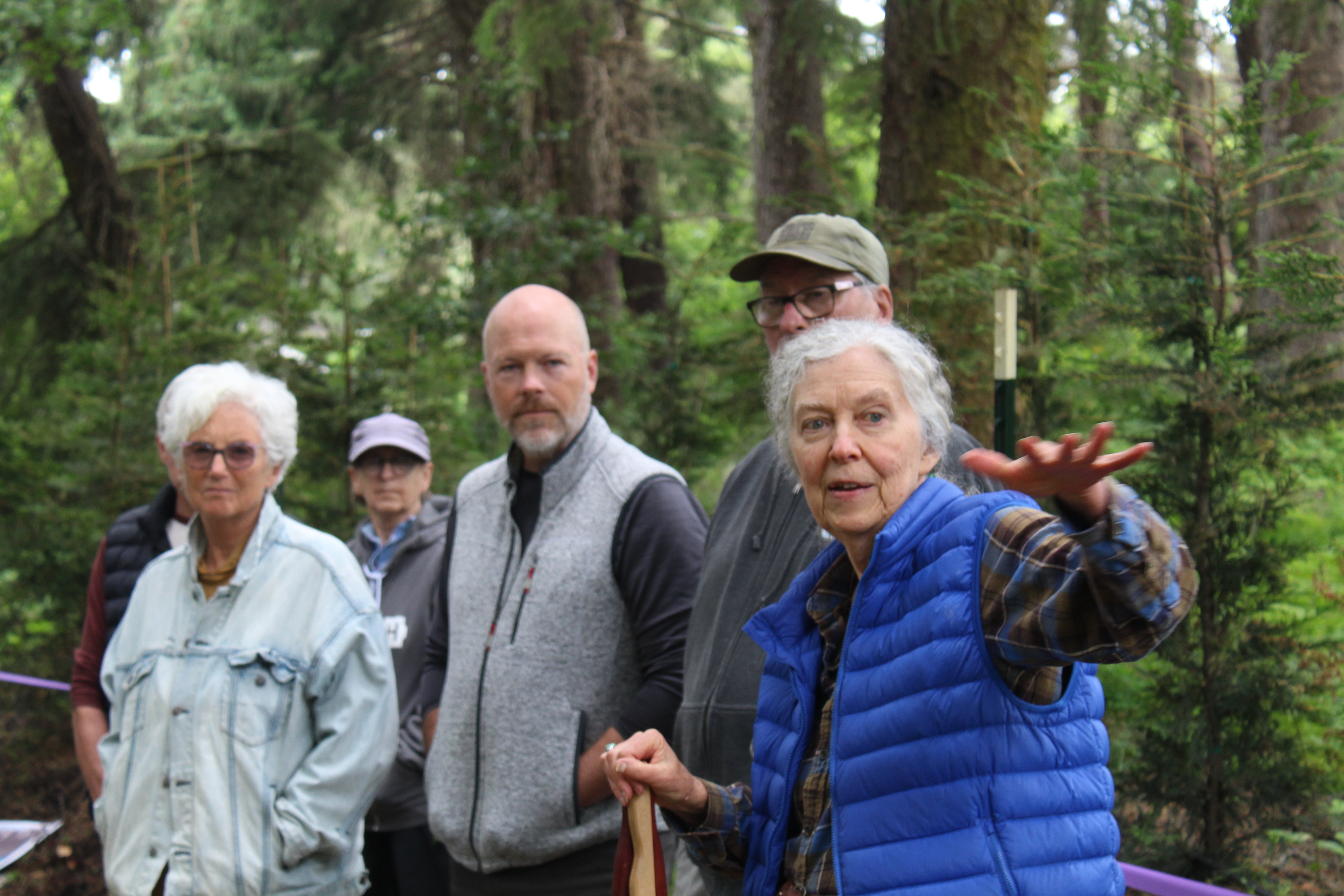Guest Column: Astorians are finding they are in the right place
Published 12:30 am Saturday, November 12, 2022

- Mike Francis
Astoria is opening a new chapter in its long history. It is becoming a more established, and, we may hope, a more prosperous town.
Trending
The trigger for this observation is found in the up-to-date population data, which shows Astoria growing faster than population researchers at Portland State University predicted just a couple of years ago.
At the same time, the area’s businesses have largely emerged intact from the coronavirus shutdowns and are seeking to grow.
Astorians who are paying attention to City Hall know that the city has updated its development code to comply with a state mandate that applies to Oregon cities of 10,000 people or more.
Trending
Astoria has been straddling that population threshold for years, but now has topped 10,000 with some room to spare, and the trend appears to be continuing.
When Portland State researchers published their surveys and predictions for Clatsop County just two years ago, they didn’t expect Astoria’s population to top 10,000 until sometime after 2070. Instead, Astoria’s official population last year was 10,197.
Who’s coming? Astoria Mayor Bruce Jones thinks it’s a mix of professionals, many working remotely, and families and retirees. In other words, a healthy cross section of people.
It’s encouraging, for example, that Astoria School District enrollment ticked slightly upward for the current school year, suggesting that more families live here. Last year’s district enrollment was 1,746, according to the state. The district says the figure is 1,795 this year.
Urban scientist and professor emeritus Carl Abbott suggests that Astoria has benefited from a combination of people relocating from elsewhere during the coronavirus pandemic; retirees from Portland and elsewhere who found Astoria more affordable than, say, Manzanita; and growth in the hospitality and tourism sector.
To be sure, Astoria isn’t experiencing a dramatic growth spurt. The city remains small enough to feel pain when a retailer closes or moves away, and it suffers when employers say they can’t hire the workers they need because the area doesn’t have enough affordable housing. As John Lennon might put it, Astoria is moving up slowly.
A shortage of housing is a problem that’s becoming more severe as the city grows. Bounded by water, Astoria can’t add large tracts of new housing. With supply limited, growing demand is pushing prices higher. Median home prices in Clatsop County rose more than 10% in the last year, according to Redfin. Spot checks suggest Astoria housing has appreciated roughly twice as much. (And, of course, when interest rates rise as sharply as they have, that contributes to making housing less affordable.)
That’s why every candidate for office in Astoria talks about the need for housing — housing at the bottom of the market, to help get people off the Astoria Riverwalk, and housing in the middle of the market, so that breweries and restaurants can hire workers. Housing will be at the top of the city’s agenda for the foreseeable future.
Within the limits imposed by geography and budget, Astoria is trying to boost its housing stock. While the Heritage Square proposal ran aground after a draining public process, the city has removed impediments to development elsewhere.
At any rate, Mayor Jones said he attends ribbon-cuttings at a rapid clip, and David Reid, the executive director of the Astoria-Warrenton Area Chamber of Commerce, said business starts were surprisingly strong through the pandemic and that that trend has continued — though rising interest rates are making calculations tougher for entrepreneurs.
It’s clear the city faces challenges as it evolves to meet the needs of its residents, both new and long-standing. But, on the other hand, neither is it beaten up and discouraged, as it has been at various times in its not-too-remote history.
Astorians increasingly are finding that they are in the right place.









